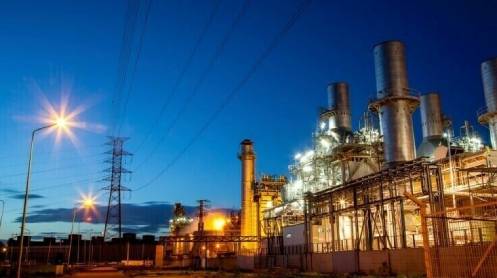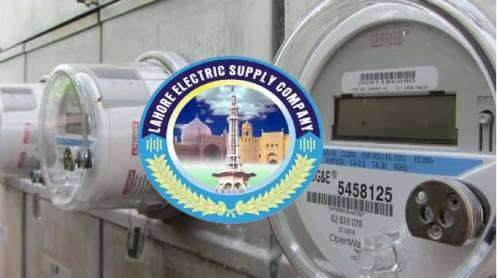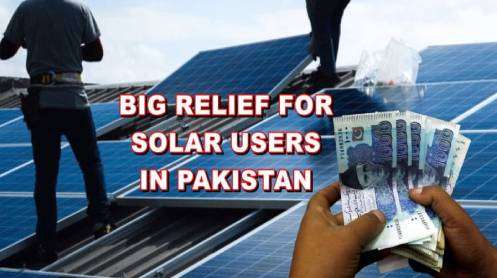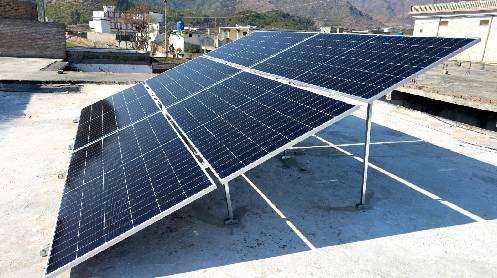ISLAMABAD: The government has temporarily suspended payments to 18 Independent Power Producers (IPPs), totaling a capacity of 4,267 megawatts (MW), as it prepares to renegotiate their Power Purchase Agreements (PPAs). These power plants, established under Pakistan’s Power Generation Policies of 1994 and 2002, were initially contracted under a “take-or-pay” model. The upcoming discussions aim to transition their contracts to a “take-and-pay” basis for a two-year period, during which the Competitive Trading Bilateral Contract Market (CTBCM) is expected to become fully operational.
The decision to halt payments comes without a clear public reason, though insiders suggest it could be tied to prioritizing payments to Chinese IPPs ahead of the arrival of Chinese Prime Minister Li Qiang for the Shanghai Cooperation Organization (SCO) Summit. Additionally, funds are being cleared for the settlement of amounts agreed with five IPPs following the premature termination of their contracts as part of an earlier agreement.
Government sources confirmed that negotiations with the 18 IPPs will aim to reduce capacity payments and adjust financial terms to ease the burden on the national budget. This aligns with assurances made to the International Monetary Fund (IMF), following the approval of CTBCM by the National Electric Power Regulatory Authority (Nepra) in 2020 and the issuance of market operator licenses in 2022. The goal is to transition the energy sector towards a more competitive wholesale electricity market that improves distribution efficiency and enhances the performance of power distribution companies (Discos).
The freeze on payments has caused some concern within the IPP sector, but insiders have described the moratorium as temporary. Negotiations are expected to result in mutually beneficial agreements that would allow the government to ease its financial obligations while maintaining power supply stability.
List of Affected IPPs:
The government’s renegotiation efforts will involve the following IPPs, among others:
Uch-I Power Limited – 586 MW (Commercial Operations Date: October 18, 2000)
Pakgen Power Limited – 365 MW (COD: February 1, 1998)
Liberty Power Daharki Ltd – 235 MW (COD: September 10, 2001)
Kohinoor Energy – 131 MW (COD: June 20, 1997)
Fauji Kabirwala Power Company Limited – 157 MW (COD: October 21, 1999)
Attock Gen Limited – 165 MW (COD: March 17, 2009)
Engro PowerGen QadirPur Limited – 227 MW (COD: March 27, 2010)
Foundation Power (Daharki) – 185 MW (COD: May 16, 2011)
Halmore Power Generation Company – 225 MW (COD: June 25, 2011)
Liberty Power Tech Limited – 200 MW (COD: January 13, 2011)
Hubco Narowal Energy Tech Limited – 220 MW (COD: April 22, 2011)
Nishat Chunian Power Limited – 200 MW (COD: July 21, 2010)
Nishat Power Limited – 200 MW (COD: June 9, 2010)
Orient Power Company – 229 MW (COD: May 24, 2010)
Saif Power Limited – 229 MW (COD: April 27, 2010)
Sapphire Power Limited – 225 MW (COD: October 5, 2010)
New Bong Hydel IPP – 84 MW (COD: March 3, 2013)
Uch-II Power Project – 404 MW (COD: April 4, 2014)
Ongoing Discussions
Several IPPs have already expressed willingness to cooperate with the government’s revision efforts. For instance, the CEO of Liberty Daharki Power Company announced during a press conference that the company is open to revising its PPA in the national interest.
The government’s strategy involves negotiating terms that could extend loan durations and adjust capacity payments, thereby relieving pressure on the national budget while transitioning the energy sector to a more competitive market structure.
As discussions unfold, the moratorium on payments is expected to be lifted once agreements are finalized, which will help stabilize the sector during this period of transformation.
Story by Mushtaq Ghumman







